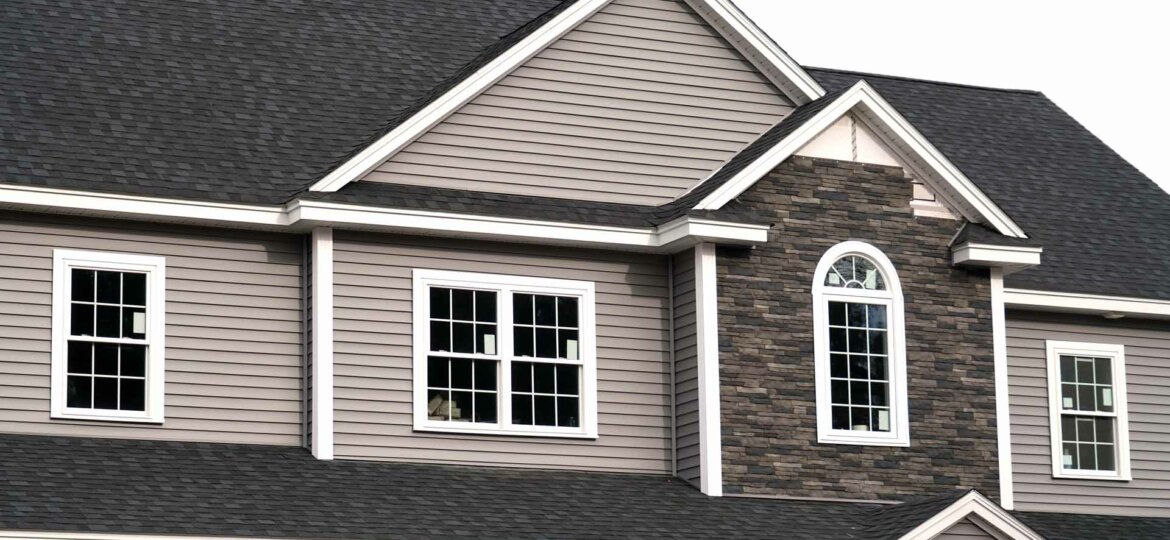
Do you frequently face foggy windows in your house? Well, did you know 1 in every 3 households experience foggy windows especially in the rainy seasons? The main menace is condensation, but the reasons for it appearing can vary from lack of ventilation to leaking gas between the glass panes. There are two types of window condensation: interior and exterior.
Interior Condensation
If the windows frequently have condensation on the inside is either theirs or your fault. Depending on the reasons, you will either need to wait until the rainy season passes or invest some effort into window replacement. Here is how to behave when:
It’s Your Fault
The one and only cause for condensation in homes is high indoor humidity levels. If you don’t ventilate at least 2 times a day then hot water vapor will hit the window glass and condense into microscopic water drops – thus creating foggy windows.
The culprits that increase humidity are breathing, plants, dishwashers, heating systems, frequent baths, cooking, dishwashing and even mopping the floor. We are advised to ventilate our homes at least 2 times a day for 20 minutes. Running a dehumidifier, air duct cleaning and ceiling fans will also help. Do not worry, almost everyone ignores ventilating, especially in winter. That is why half of the households have condensation issues.
It’s the Windows Fault
What if you ventilate and run the dehumidifier frequently, but still have window condensation? The reason for your issue might not be in your air, but in the windows or to be more specific: their age, type, and treatment.
You might think: well, I definitely need a window replacement! And you are right, in some cases you do, but other causes are more easily solved:
- Old Windows – If the windows are old, they probably are rotten and damaged as well. In this case, you need to replace them. Old windows cut back on insulation and disrupt heat transfer. Also with time, the sealant between the frame and glass can loosen up and cause moisture to enter between the glass – causing inside glass condensation.
- New Windows – If you just moved into a fully renovated new home, the quality of the windows can be so good that it traps everything inside, even water vapor. This isn’t bad at all as it means that you have the best insulators protecting you. In about 1 year, when the windows relax a bit the condensation will stop. You just need to wait a bit and do frequent ventilation.
- Type of Windows – Some type of windows allow better air flow than others. Awning and casement are usually put in bathrooms because they provide the greatest air breeze and therefore reduce humidity levels. On the other hand, bay and bow windows are vulnerable to fogginess because a large part of them is static and the amount of breeze – limited. If the type of windows in your home aren’t suitable for your climate or way of functioning – replace them with new and more practical ones.
- Window Treatments – Window treatments like curtains and shades are amazing for decorating and finishing a room but they also act as insulators. This sometimes causes large amounts of hot air to be trapped between a closed drape and a window glass which results in condensation. If you have shutters on the outside as well, do not be surprised if you are wrapped in fog. To fix this you can buy new, lighter curtains or simply open them up occasionally along with the windows.
Start Your Search Today!
View our property listings from the GTA
Exterior Condensation
Unlike interior, exterior window condensation is nothing you should worry about. In fact, it is a sign that the windows are doing their job right. In the cool periods like winter and autumn, the temperature of the window’s outside surface drops as it is in most contact with the weather. Then, when the outside temperature increases and becomes higher than the window surface, the air condenses on the glass.
This is why exterior condensation is most common in chill winter mornings. The window surface has been freezing to death all night long and its temperature has fallen, so when the sun shines in the morning and heats the air, the window becomes colder than the actual weather.
Dangers of Foggy Windows
As we discussed, in some cases window condensation means that the weather has changed and temperatures have dropped. But in others, repair and replacement are necessary. Having insufficient glass or frames creates fog on windows, but it also damages the overall insulation in your home – causing low energy efficiency, reduced comfort or security and higher energy bills. If you are unsure of the reasons for condensation, ring up some experts to find out the truth and put your mind at ease.
You may be in need of simple window clean up and repair or in some cases even glass or full window replacement. Avoid ignoring simple issues as they can develop and evolve into severe situations such as mold growth, foundation cracks and basement floods. Yes, high humidity levels can also occur because of an improper drainage system and water travelling through walls and ceilings.
